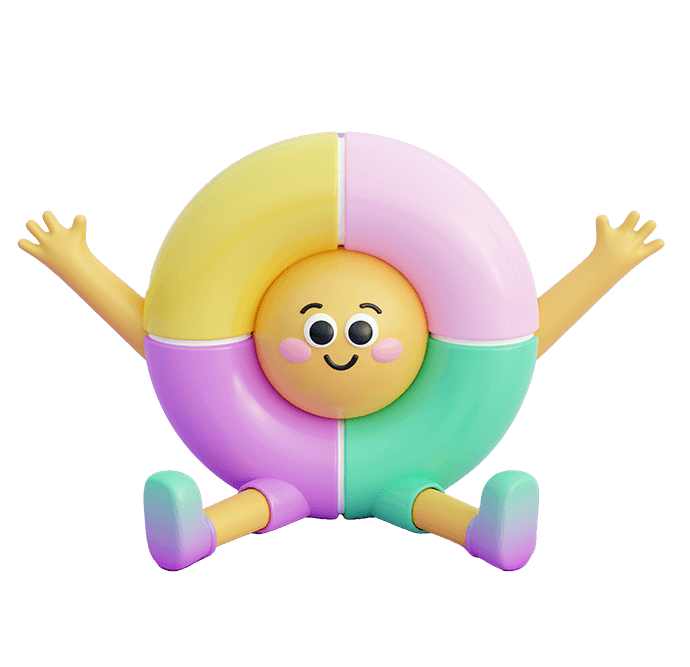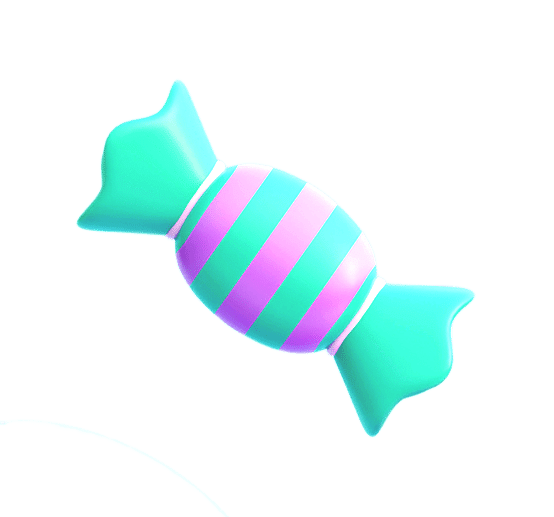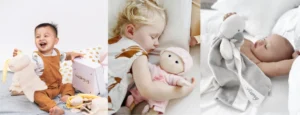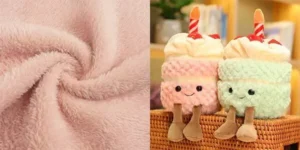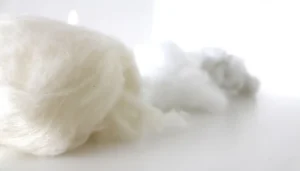Choosing the right stuffed animal for babies requires careful attention to safety, softness, and sensory features. These factors ensure babies enjoy comfort while parents feel confident about product quality.
The best stuffed animals for babies use safe, non-toxic materials like organic cotton and hypoallergenic polyester stuffing. Soft textures support gentle touch and sensory development, while simple, safe designs prevent choking hazards. Certifications such as ASTM and CPSIA confirm safety standards, helping parents choose reliable baby toys.
Let’s explore the essential aspects of selecting ideal stuffed animals for babies.
1. What Materials Are Safest And Most Suitable For Baby Stuffed Animals?
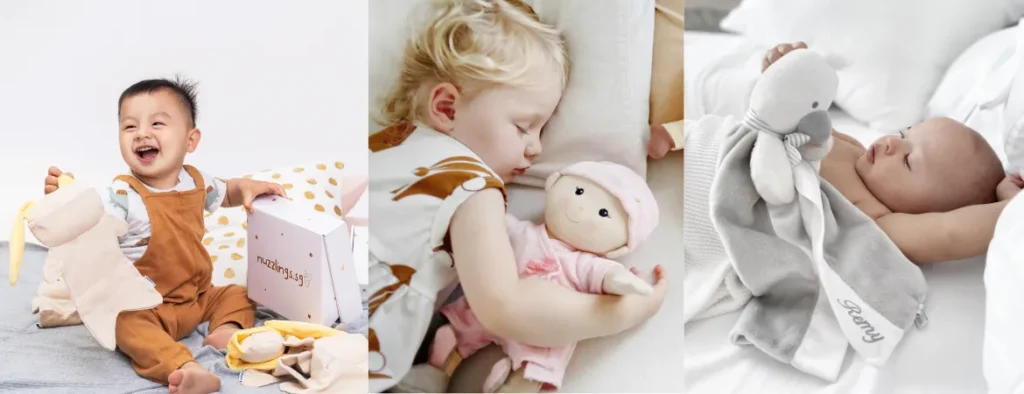
Choosing the right materials is crucial when making stuffed animals for babies. Safety and comfort must be top priorities.
- Organic Cotton: Naturally soft, chemical-free, and breathable, organic cotton reduces irritation risk.
- Hypoallergenic Polyester Fiberfill: Lightweight and resistant to dust mites, it’s safe and keeps toys fluffy.
- Minky Fabric: Ultra-soft and smooth, minky adds a gentle texture preferred for baby toys.
- Non-toxic Dyes: Ensures no harmful chemicals come into contact with baby’s sensitive skin.
These materials minimize allergies and hazards while providing softness that babies love.
Safe baby stuffed animals use organic cotton, hypoallergenic polyester, minky fabric, and non-toxic dyes for gentle touch and reduced risks.
When selecting materials for baby stuffed animals, durability and washability also matter. Organic cotton, while soft and natural, can be less durable than synthetic fibers but remains popular for its eco-friendliness. Polyester fiberfill provides excellent resilience to repeated washing, maintaining toy shape and softness.
Minky fabric’s smooth texture encourages tactile exploration, which is important for infant sensory development. Using non-toxic, water-based dyes ensures safety without compromising vibrant colors that attract babies’ attention.
Choosing the right blend of these materials ensures baby toys are both safe and enjoyable. Proper labeling and quality control during sourcing help confirm materials meet required standards.
| Material | Safety Benefit | Comfort Level | Durability | Common Use |
|---|---|---|---|---|
| Organic Cotton | Chemical-free, breathable | Soft, natural feel | Moderate | Baby toys, blankets |
| Hypoallergenic Polyester | Dust mite resistant | Fluffy and light | High | Stuffing for plush toys |
| Minky Fabric | Non-toxic, smooth texture | Very soft, tactile | Moderate | Baby plush exteriors |
| Non-toxic Dyes | Safe colorants | Safe for skin | Stable | Fabric coloring |
Understanding material properties helps choose the best components for baby stuffed animals.
2. How Do Softness And Texture Affect A Baby’s Comfort And Interaction?
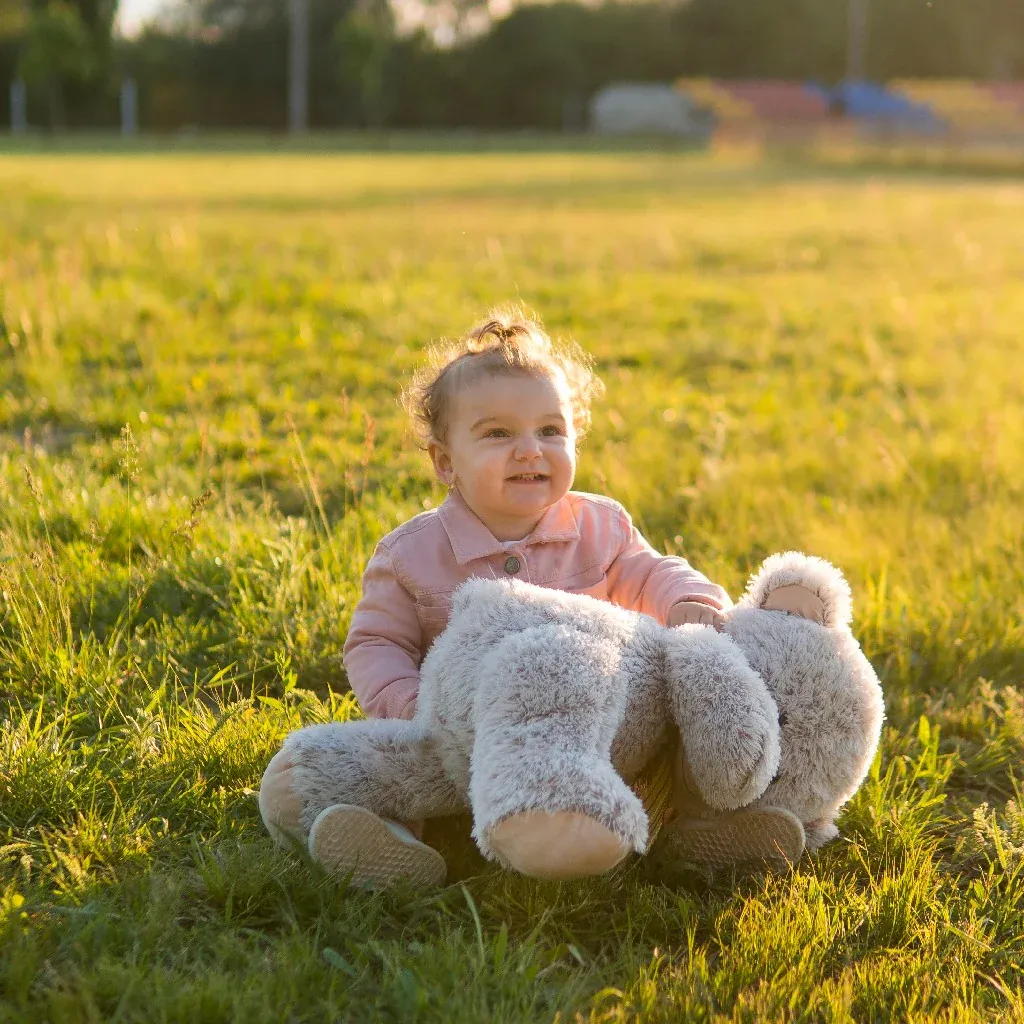
Softness and texture influence how babies respond to stuffed animals. Gentle fabrics encourage cuddling and tactile exploration.
- Softness: Plush, smooth fabrics provide comforting sensations that soothe babies.
- Varied Textures: Combining silky minky with embroidered or textured patches stimulates sensory development.
- Lightweight Feel: Toys that are too heavy may discourage holding and interaction.
- Safe Edges: Avoid harsh seams or tags that might irritate baby skin.
Toys offering comforting softness and gentle stimulation promote emotional bonding and cognitive growth.
Soft, lightweight, and varied textured toys support baby comfort and stimulate early sensory development.
Babies learn about their world through touch. Soft toys with different textures can enhance this learning. Smooth fabrics like minky offer calming comfort, while embroidered or crinkly areas provide tactile interest.
Too firm or heavy toys may limit a baby’s ability to grasp and cuddle, reducing interaction opportunities. Lightweight stuffed animals with a balanced stuffing density help maintain shape while being easy to hold.
Seam placement and finishing details also impact comfort. Flat seams and hidden tags reduce potential skin irritation. Manufacturers often add sensory elements like rattles or squeakers in safe compartments, blending comfort with play.
Parents value toys that soothe and engage, supporting emotional well-being and early development.
| Factor | Effect on Baby | Design Tip |
|---|---|---|
| Softness | Calming, comforting | Use plush, smooth fabrics |
| Texture Variety | Stimulates senses | Add embroidered or crinkly parts |
| Weight | Encourages grasping | Keep toy lightweight |
| Seam Finish | Prevents irritation | Use flat seams, hide tags |
A thoughtful balance of softness and texture encourages babies to explore safely.
3. What Design Features Ensure Safety And Ease Of Use For Babies?
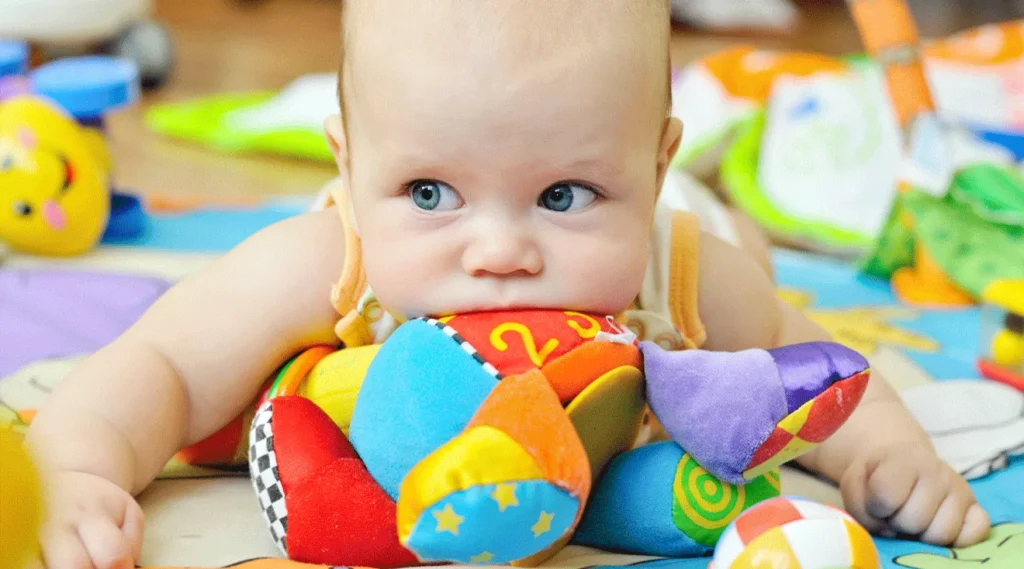
Designing baby stuffed animals requires focusing on safety and usability:
- Embroidered Features: Eyes and noses should be embroidered rather than plastic to prevent choking hazards.
- No Small Parts: Avoid buttons, beads, or accessories that could detach.
- Rounded Edges: Soft curves and no sharp corners reduce injury risk.
- Easy-to-Grip Shapes: Simple forms support baby’s grasping skills.
- Washable Materials: Toys must withstand frequent cleaning to stay hygienic.
Safe and user-friendly designs protect babies while promoting enjoyable interaction.
Embroidery, no detachable parts, rounded shapes, and washable materials make baby toys safe and easy to use.
Safety in baby toy design is critical. Plastic eyes or noses can be swallowed, so embroidery is the preferred option for facial details. Similarly, loose parts like ribbons or buttons are avoided to eliminate choking risks.
Toys designed with rounded shapes prevent scratches or pokes, while easy-to-hold sizes foster motor skill development. Fabric choice plays into safety as well, with non-toxic and washable materials supporting hygiene.
Manufacturers follow strict standards like ASTM F963 and CPSIA, which guide these design principles. Including cleaning instructions also helps parents maintain toy safety.
Ease of use means babies can explore the toy independently, building confidence and motor skills.
| Design Aspect | Safety Benefit | User Benefit |
|---|---|---|
| Embroidered Parts | No choking hazards | Durable, safe facial features |
| No Small Parts | Eliminates choking risk | Safe handling |
| Rounded Edges | Prevents injuries | Comfortable for babies |
| Washable Materials | Hygiene maintained | Long-lasting cleanliness |
| Simple Shapes | Avoids complexity | Easy grasp for babies |
Safety and usability work hand in hand for baby stuffed toys.
4. Which Certifications Guarantee Baby Stuffed Animals Meet Safety Standards?
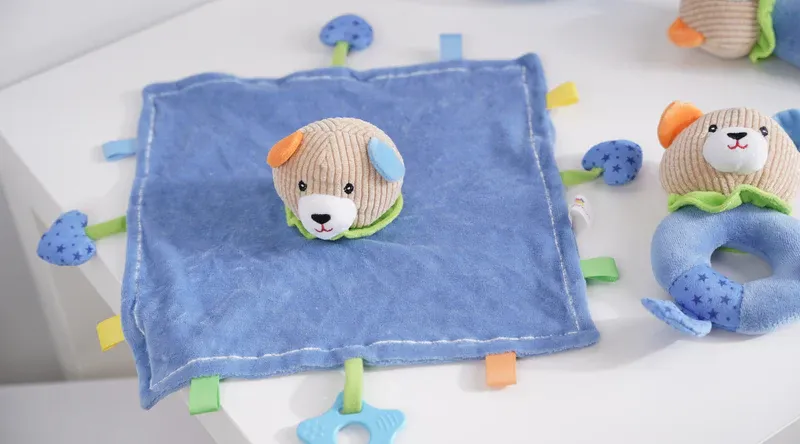
Certifications provide assurance that baby stuffed animals comply with strict safety requirements:
- ASTM F963: U.S. standard covering mechanical and chemical safety for toys.
- CPSIA: Limits on lead, phthalates, and other harmful substances.
- EN71: European toy safety standards addressing toxicology and mechanical safety.
- OEKO-TEX Standard 100: Certifies textiles free from harmful chemicals.
- GOTS: Global Organic Textile Standard certifying organic materials.
Certified toys offer peace of mind to parents and retailers alike.
Certifications like ASTM F963, CPSIA, EN71, OEKO-TEX, and GOTS ensure baby toys meet strict safety and chemical standards.
Regulatory compliance is essential for baby stuffed toys to enter global markets. ASTM F963 requires toys to pass physical and chemical safety tests. CPSIA restricts toxic substances like lead and phthalates, protecting infants from harmful exposure.
European EN71 includes rigorous testing for flammability and choking hazards. OEKO-TEX ensures fabrics are free from harmful chemicals, an important factor for baby skin safety. GOTS certification guarantees organic fiber content and sustainable production methods.
Manufacturers invest in third-party testing and audits to achieve these certifications. Brands promoting certified toys build consumer trust and meet retailer demands.
| Certification | Region | Focus | Impact |
|---|---|---|---|
| ASTM F963 | USA | Toy safety, physical/chemical | Compliance for US market |
| CPSIA | USA | Lead, phthalate limits | Child-safe materials |
| EN71 | Europe | Toxicology, mechanical safety | EU market compliance |
| OEKO-TEX Standard 100 | Global | Textile chemical safety | Fabric safety certification |
| GOTS | Global | Organic textiles, sustainability | Eco-friendly certification |
Certified baby stuffed animals assure safety and quality.
5. How Can Stuffed Animals Support Baby Development And Sensory Exploration?

Stuffed animals are more than toys; they promote healthy development:
- Emotional Comfort: Provide security and reduce anxiety.
- Sensory Stimulation: Different textures, colors, and sounds encourage exploration.
- Motor Skill Development: Grasping and holding improve hand-eye coordination.
- Language Skills: Talking about the toy fosters vocabulary growth.
- Social Skills: Playing with stuffed animals encourages empathy and imagination.
Thoughtful design of baby toys supports these developmental milestones.
Soft toys offer comfort, stimulate senses, promote motor skills, language development, and social interaction in babies.
Babies bond with soft toys, feeling safe and comforted, which supports emotional health. Toys with varied textures like smooth minky and embroidered patches engage tactile senses, aiding brain development.
Bright colors attract visual attention, while built-in rattles or squeakers stimulate auditory senses. Repeated grasping of stuffed animals strengthens fine motor skills and coordination.
Caregivers using stuffed animals to tell stories or label body parts help babies acquire language and cognitive skills. Additionally, pretend play with toys nurtures empathy and creativity.
Parents seek toys designed with these developmental benefits in mind, supporting overall child growth.
| Development Aspect | How Stuffed Toys Help | Design Features |
|---|---|---|
| Emotional Comfort | Provides security | Soft, cuddly materials |
| Sensory Stimulation | Engages touch, sight, sound | Varied textures, colors, rattles |
| Motor Skills | Improves grasping and coordination | Lightweight and easy to hold |
| Language Skills | Supports vocabulary learning | Interactive labels or stories |
| Social Skills | Encourages imagination and empathy | Character-based designs |
Soft toys play a crucial role in early childhood development.
6. What Are The Best Practices For Cleaning And Maintaining Baby Stuffed Animals?
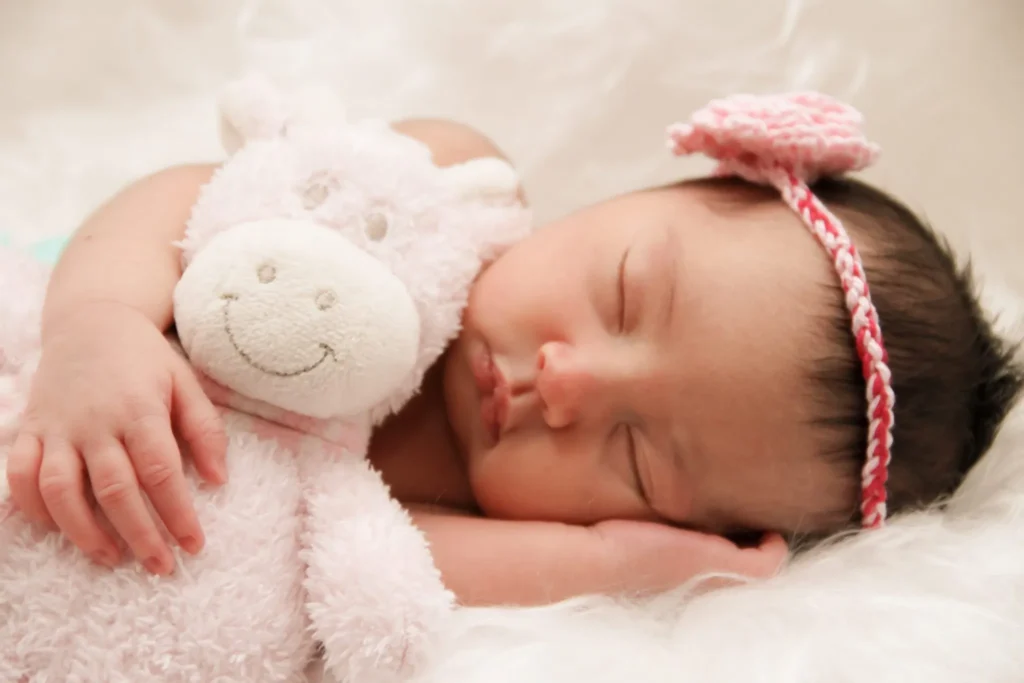
Maintaining cleanliness ensures safety and longevity of baby toys:
- Machine Washable Materials: Use fabrics and stuffing that withstand frequent washing.
- Gentle Detergents: Use baby-safe, fragrance-free detergents to avoid irritation.
- Regular Cleaning Schedule: Clean toys weekly to prevent bacteria buildup.
- Drying Thoroughly: Air dry or use low heat to maintain shape and prevent mold.
- Inspection: Check for loose threads or parts regularly to prevent hazards.
Following these practices keeps baby toys safe and fresh.
Machine washable fabrics, gentle detergents, regular cleaning, proper drying, and inspection maintain baby toy safety and hygiene.
Babies often put toys in their mouths, so hygiene is critical. Choosing machine-washable materials allows parents to clean toys easily without damaging them. Hypoallergenic detergents prevent skin irritation.
Toys should be washed at least weekly or more if visibly soiled. Drying completely is important to prevent mildew. Air drying preserves fabric integrity, while low-heat tumble drying may be used if manufacturer guidelines allow.
Regularly inspecting toys for damage prevents choking hazards from loose parts or stuffing. Providing clear care instructions builds customer trust and ensures product safety.
| Cleaning Aspect | Best Practice | Reason |
|---|---|---|
| Machine Washable | Use durable fabrics | Easy and safe cleaning |
| Detergents | Use baby-safe, fragrance-free | Prevents allergies and irritation |
| Cleaning Frequency | Wash weekly | Reduces bacteria and dirt |
| Drying | Air dry or low heat | Maintains shape, prevents mold |
| Inspection | Check seams and parts regularly | Ensures ongoing safety |
Proper maintenance keeps baby stuffed animals safe and lasting.
Selecting soft, safe materials, ensuring rigorous safety compliance, and supporting baby development are essential for quality baby stuffed animals.
For trusted, customized baby plush toys, reach out to Amanda at [[email protected]] or visit [https://plushtoyinchina.com].

